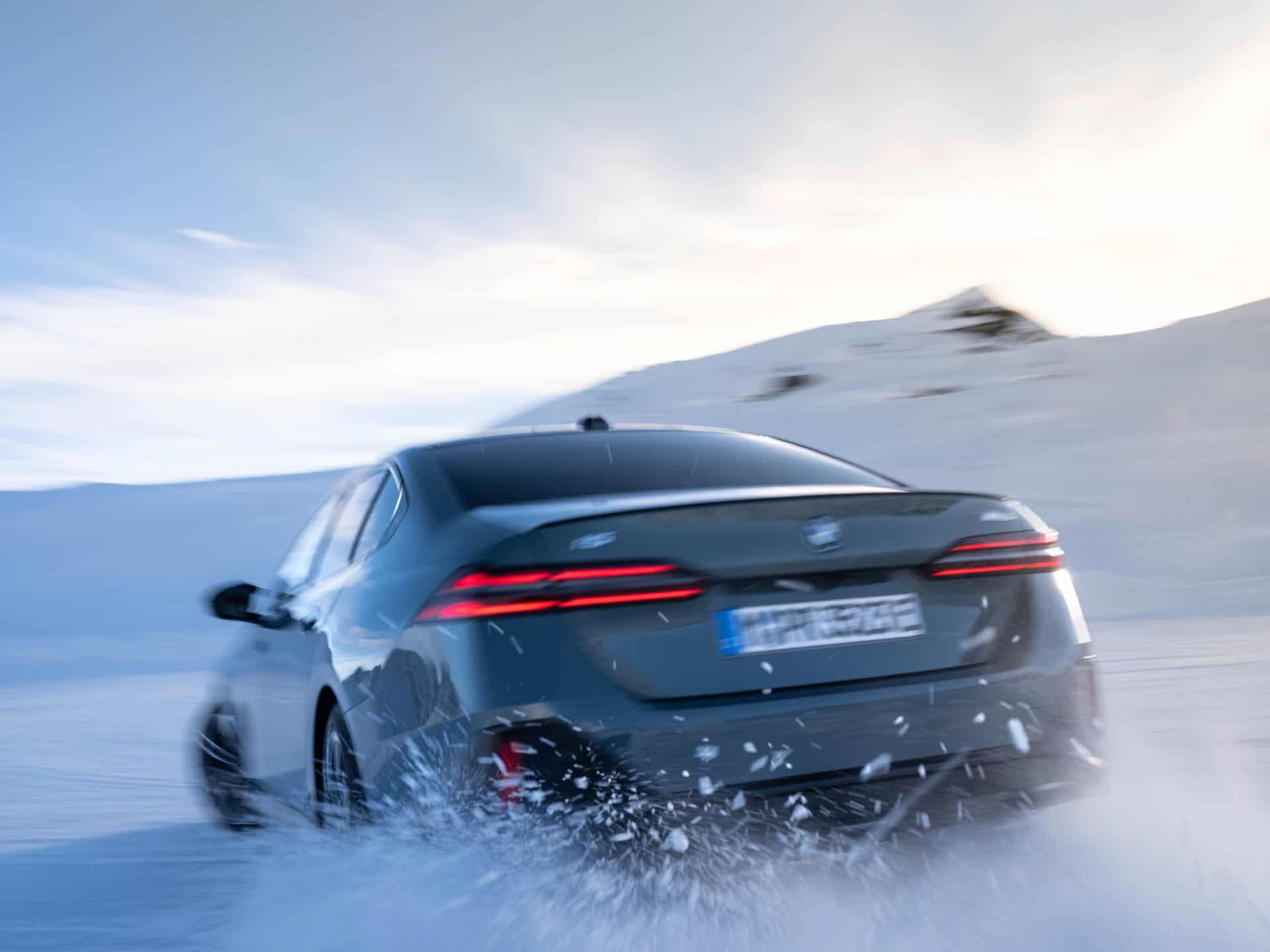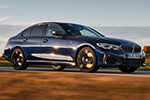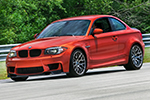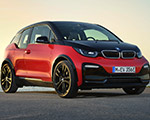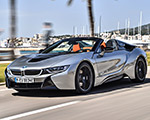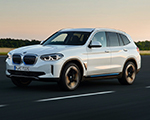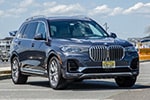For decades, “quattro” was almost synonymous with all-wheel drive in Germany. Audi’s branding was so strong that many drivers assumed it led the premium market in AWD share. But by 2025, that title belongs to BMW. According to the latest data from the Federal Motor Transport Authority (KBA), cited by BimmerToday, BMW has not only overtaken Audi but also pulled ahead of Mercedes with a clear margin.
Between January and August 2025, 54.5 percent of all BMWs registered in Germany were equipped with xDrive. Audi, despite its heritage in this field, trails with a share of 50.7 percent, while Mercedes sits further back at 44.7 percent. In absolute terms, BMW’s lead is even clearer. New registrations with xDrive totaled 88,472 units in Germany through August, giving the brand a cushion of around 12,000 more cars than Mercedes and more than 22,000 ahead of Audi.
BMW Reclaimed Their 2022 and 2023 Market Share
This changing landscape is not entirely new. BMW already edged out both Audi and Mercedes in all-wheel drive share during 2022 and 2023, before Audi briefly reclaimed the crown in 2024. Now, BMW has returned to the top in convincing fashion.
The cars driving this success are primarily the brand’s compact SUVs. The X1 and its electric sibling, the iX1, are the biggest contributors, followed closely by the new 5 Series and its i5 electric variant, as well as the new G45 X3. Together, these models illustrate the strong customer appetite for SUVs and electrified sedans in Germany, helping BMW build and maintain momentum. Mercedes, meanwhile, continues to trail and has never managed to push its all-wheel drive share above the 50 percent mark. Audi, once seen as the unshakable leader in this discipline, is now playing catch-up.
xDrive vs. quattro vs. 4Matic
Beneath the headline numbers lies another layer of complexity. The systems marketed as xDrive, quattro, 4Matic or 4Matic+ are not identical. BMW customers can choose between front-driven and rear-driven platforms depending on their cars, with the xDrive setup in a 3 Series or 5 Series behaving very differently from the system in an X1. Audi also uses varying solutions across its lineup, from front-biased drivetrains in smaller cars to rear-biased versions in larger sedans and SUVs. Mercedes, too, adapts its systems to the platform, with 4Matic+ reserved for high-performance AMG models.
Electric vehicles add another twist to the story, since installing a second electric motor on the unused axle creates a form of all-wheel drive by default. This has made cars like the iX1 and i5 especially significant for BMW, as they naturally boost the brand’s AWD share while fitting into broader electrification goals.


